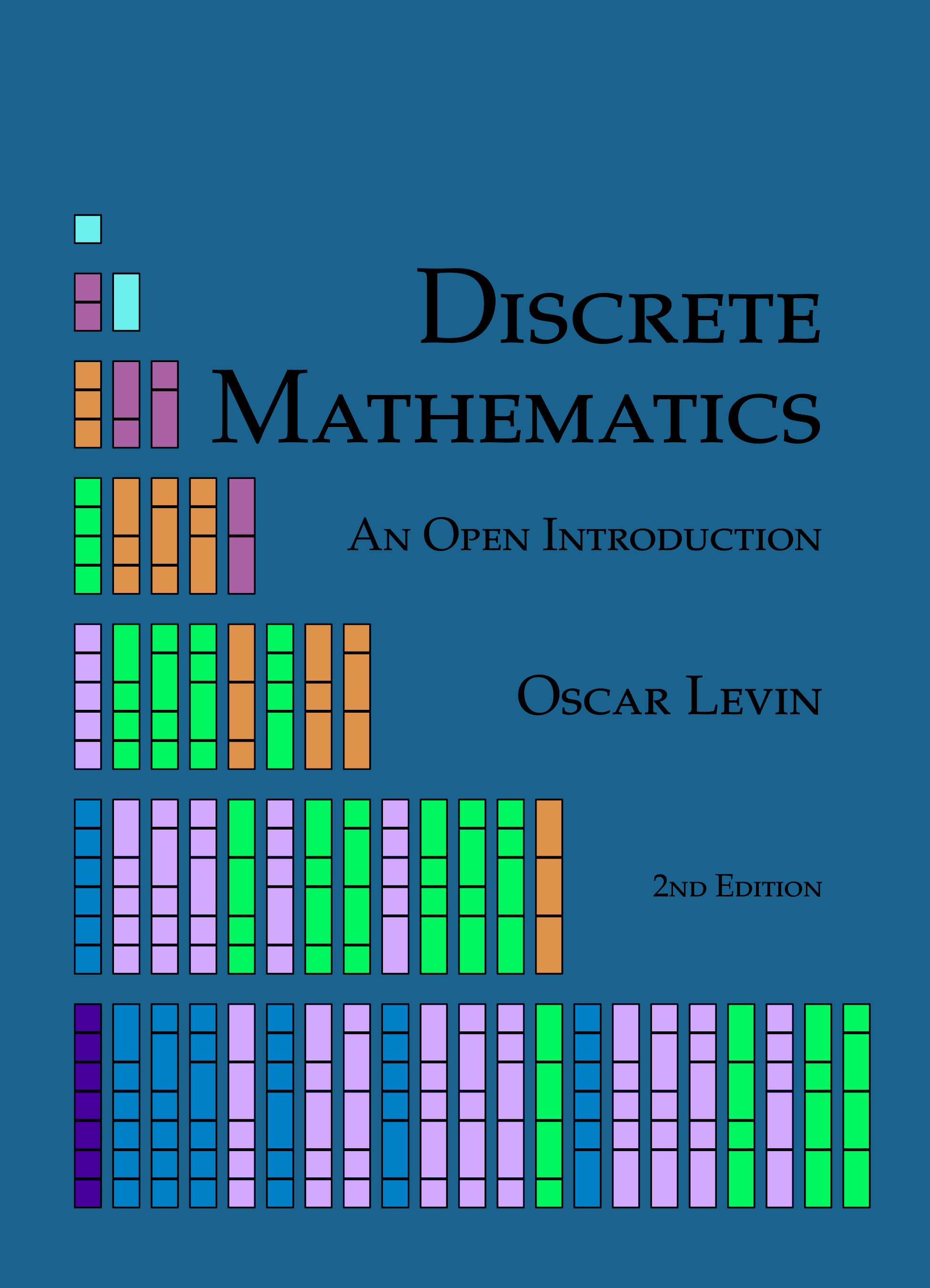0.2.1
Solution- This is not a statement; it does not make sense to say it is true or false.
- This is an atomic statement (there are some quantifiers, but no connectives).
- This is a molecular statement, specifically a disjunction. Although if we read into it a bit more, what the speaker is really saying is that if the Broncos do not win the super bowl, then he will eat his hat, which would be a conditional.
- This is a molecular statement, a conditional.
- This is an atomic statement. Even though there is an “or” in the statement, it would not make sense to consider the two halves of the disjuction. This is because we quantified over the disjunction. In symbols, we have \(\forall x (x > 1 \imp (P(x) \vee C(x)))\text{.}\) If we drop the quantifier, we are not left with a statement, since there is a free variable.
- This is not a statement, although it certainly looks like one. Remember that statements must be true or false. If this sentence were true, that would make it false. If it were false, that would make it true. Examples like this are rare and usually arise from some sort of self-reference.
